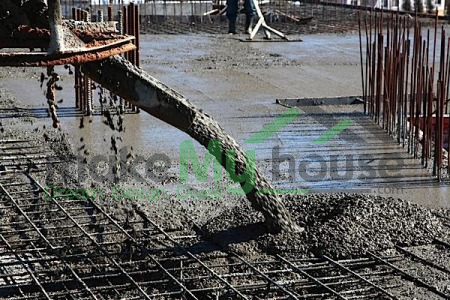Sep
2022
Sep
2022
Jul
2022
Jul
2022Online architectural services startup, Makemyhouse.com, is expanding into the Middle East...

Jul
2022
Mar
2022
Mar
2022
Mar
2022Online architectural services startup, Makemyhouse.com, is expanding into the Middle East...

Mar
2022
Feb
2022
Feb
2022
Feb
2022
Feb
2022
Jan
2022
Jan
2022
Jan
2022
Jan
2022
Jan
2022
Jan
2022
Jan
2022Dec
2021Owning a home on a top floor in a high-rise apartment building is the ultimate home-buying dream...

Nov
2021
Nov
2021
Nov
2021
Oct
2021
Oct
2021
Sep
2021
Sep
2021
Sep
2021
Sep
2021

In general ‘Cement’ means Gray Ordinary Portland Cement which is used for general purposes in construction. The cement is one of the most important raw materials used in building as the strength of any construction work depends on the quality cement. The gray cement should be factory-manufactured from a reputed manufacturer. It must not be from local plant manufacturer. It is properly packed from factory, not be hand packed locally. While taking supply of gray cement, manufacturing date, grade and type should be checked. The cement should not be more than six weeks old from the date of manufacturing.
According to chemical properties gray cement can be classified as follows.
All types of cement like Ordinary Portland Cement, Rapid-hardening Portland cement or Low heat Portland cement are manufactured by intimately mixing Calcareous, Argillaceous and Silica, Alumina or Iron Oxide bearing materials, which are burnt at clinkering temperature and are ground to produce gray cement, complying with specifications. No material except Gypsum or Water or both should be added after burning.
There are following two methods to check fineness of Portland cement.
Alternatively autoclave expansion should not be more than 0.5% when tested according to IS 269 of 1989.
Setting time of any type or any grade of cement when tested by Vicat apparatus method described in IS: 4031 should confirm following requirement.
After 28 days compressive strength of cement concrete mix for various types of cement concrete mix is following.
|
S. NO. |
Type of Mix |
Ratio of Mix |
Compressive strength |
|
1. |
M 10 |
1:3:6 |
100 kg. Per cm square |
|
2. |
M 15 |
1:2:4 |
150 kg. Per cm square |
|
3. |
M 20 |
1:1.5:3 |
200 kg. Per cm square |
Note: Cement concrete cubes filled in above mentioned cement ratios should be tested after curing for 7 days and the strength of cement concrete should not be less than 70%.
Cement is the most important raw material used in construction of a building. You can ensure the quality of ‘Cement’ with following guidelines.
|
S. No |
Storage Period |
Reduction in Strength |
|
1. |
Fresh cement |
Nil |
|
2. |
Three months old |
20% |
|
3. |
Six months old |
30% |
|
4. |
12 Months old |
40% |
|
5. |
24 Months old |
50% |
